Projector screens can be made from a wide variety of materials, such as fiberglass, cloth, acrylic, vinyl, and Ambient Light Rejecting (ALR) screens. Each screen material has its advantages and disadvantages, and costs vary.
You need to understand all aspects when it comes to understanding screen materials. All terminology is vital to the proper operation of the screen, such as screen gain level. The best projector is nothing if you don't have the right projection screen to go with it.
The biggest challenge a screen must face is ambient light. The biggest goal is to develop better screens that can handle more ambient lighting on a continuous basis. Whether the screens are designed to be used for projection outdoors or indoors, we pay close attention to their ability to withstand external light level.

Projection Screen Fabric Specifications
| Item | Product Name | Composition | Thickness |
|---|---|---|---|
| UTM001 | White Projection Film | 2 PLY PVC | 0.30MM |
| UTM002 | White-Black Projection Film | 3 PLY PVC | 0.25MM |
| UTM003 | Grey-Black Projection Film | 3 PLY PVC | 0.25MM |
| UTM004 | Rear Projection Film | 1 PLY PVC | 0.30MM |
| UTM005 | Anti Light Projection Film | 2 PLY PVC | 0.25MM/0.28MM/0.3MM |
| UTM006 | Warp Knitting Projection Fabric | 2 PLY PVC, 1 PLY Warp Knitting | 0.28MM/0.35MM |
| UTM007 | 300D White Projection Fabric | 2 PLY PVC, 1 PLY Woven | 0.38MM |
| UTM008 | Super Flat Projection Fabric | 2 PLY PVC, 1 PLY Super Flat Fabric | 0.38MM |
| UTM009 | 5M/4.8M White-Black Projection Film | 3 PLY PVC | 0.33MM |
| UTM010 | Super Flat Projection Fabric | 2 PLY PVC, 1 PLY Woven Fabric | 0.50MM/0.65MM |
| UTM011 | Weaving Entrant Sound Projection Fabric | 1 PLY Polyester, PVC Coating | 0.36MM/0.60MM |
| UTM012 | Weaving Entrant Sound Projection Film | 2 PLY PVC | 0.25-0.30MM |
| UTM013 | Background Curtain Projection Fabric | 2 PLY PVC,1 PLY Polyester | 0.38MM |
| UTM014 | High-gain Bead Projection Film | 2 PLY PVC | 0.14MM |
| UTM015 | ECO White Projection Fabric | 2 Water-based ECO, 1 PLY Woven | 0.25MM |
| UTM016 | Anti-golf Projection Screen Soft Fabric | 2 Water-based ECO, 1 PLY Woven | 0.32MM |
In the manufacturing process of projection screen fabrics&films, various machines are employed for different fabric&film specifications:
- Calendering Machine: Transforms PVC raw material into paste and calenders it into different thicknesses of PVC film using a roller system. The film is bonded to polyester backing and finished with gloss, matte, or embossed textures.

- Cold Lamination Machine: Used for laminating PVC films onto polyester fabric quickly and cost-effectively, often for lower-priced products.

- Hot Lamination Machine: Advanced version of cold lamination, offering higher quality and durability. It can apply acrylic coatings for self-cleaning and enhance adhesion for semi-coated PVC tarpaulin.

- Semi-Coated Machine: Its primary task is to bond two or more different materials together through coating or adhesive, creating a composite material. This can provide enhanced strength, waterproofing, and other performance characteristics.

- Coating Machine: Primary function is to evenly apply liquid or powder materials onto the surface of a substrate to create a uniform coating, thereby enhancing the material's performance and appearance.

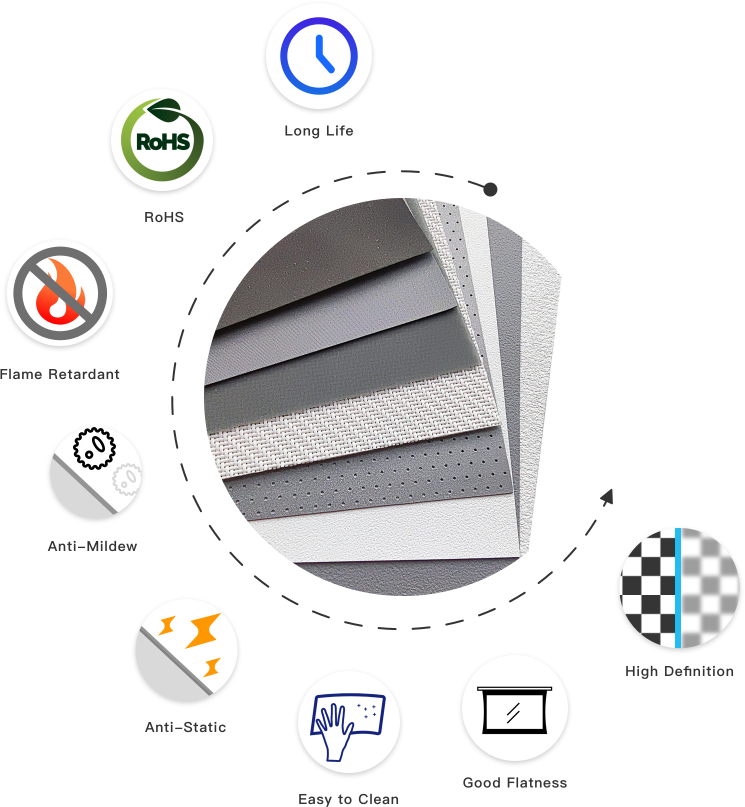
What is Gain?
The brightness of the light reflected from the screen to the viewer's eyes is measured in terms of gain.
When we switch on the projector and point it at the projector screen, the projector produces an image and projects it onto the projector screen, which reflects the light from the image back to the viewer's eyes so that you can see the image.
Every projection screen has more or less a certain gain number. Some screens have high gain and some have low gain. Generally speaking, if you see a bright image reflected from the projector screen, this means that the screen gain is high. Similarly, if the image on the screen is less bright, this means that the screen gain is lower. A high gain screen reflects a brighter image than a low gain screen.
But both high gain and low gain screens have their own uses, advantages and limitations.
What is Viewing Angle?
When a person views the screen from the side, the viewing angle is the measured angle at which the image can be recognized.
The image we see on the screen is an image formed by the emission of light onto the retina of the eye, which itself is a form of energy: light energy. A well-designed optical screen controls the reflection of the projector's incident light into the viewing area where the human eye is located.
The larger the viewing angle, the larger the viewing area. Viewing the image inside the viewing angle gives satisfactory brightness; viewing the image outside the viewing angle gives insufficient brightness.
Generally speaking, the larger the gain of the screen, the smaller the viewing angle; the smaller the gain, the larger the viewing angle, but this is not absolute, but also with the screen structure. Beyond the viewing angle range, the colour and brightness will drop dramatically, seriously affecting the viewing effect.
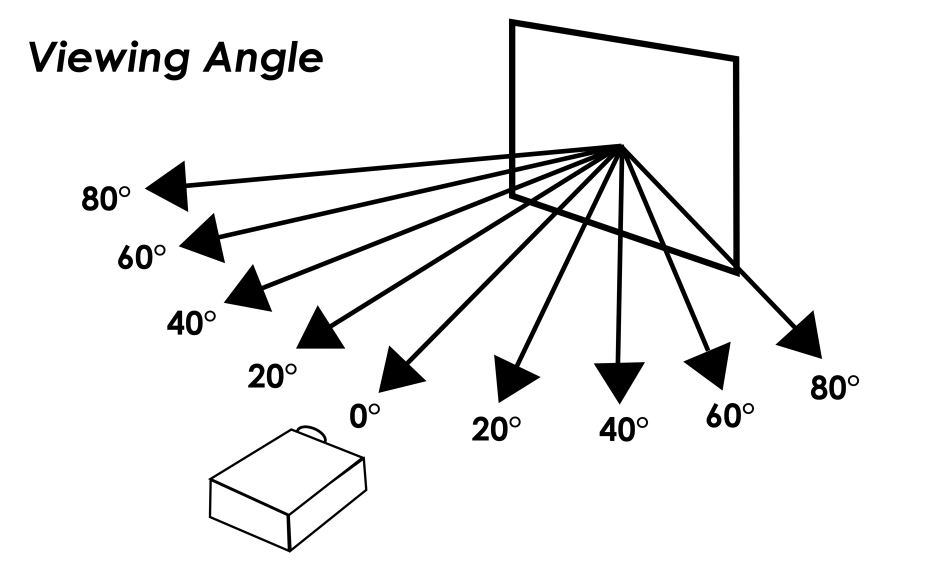
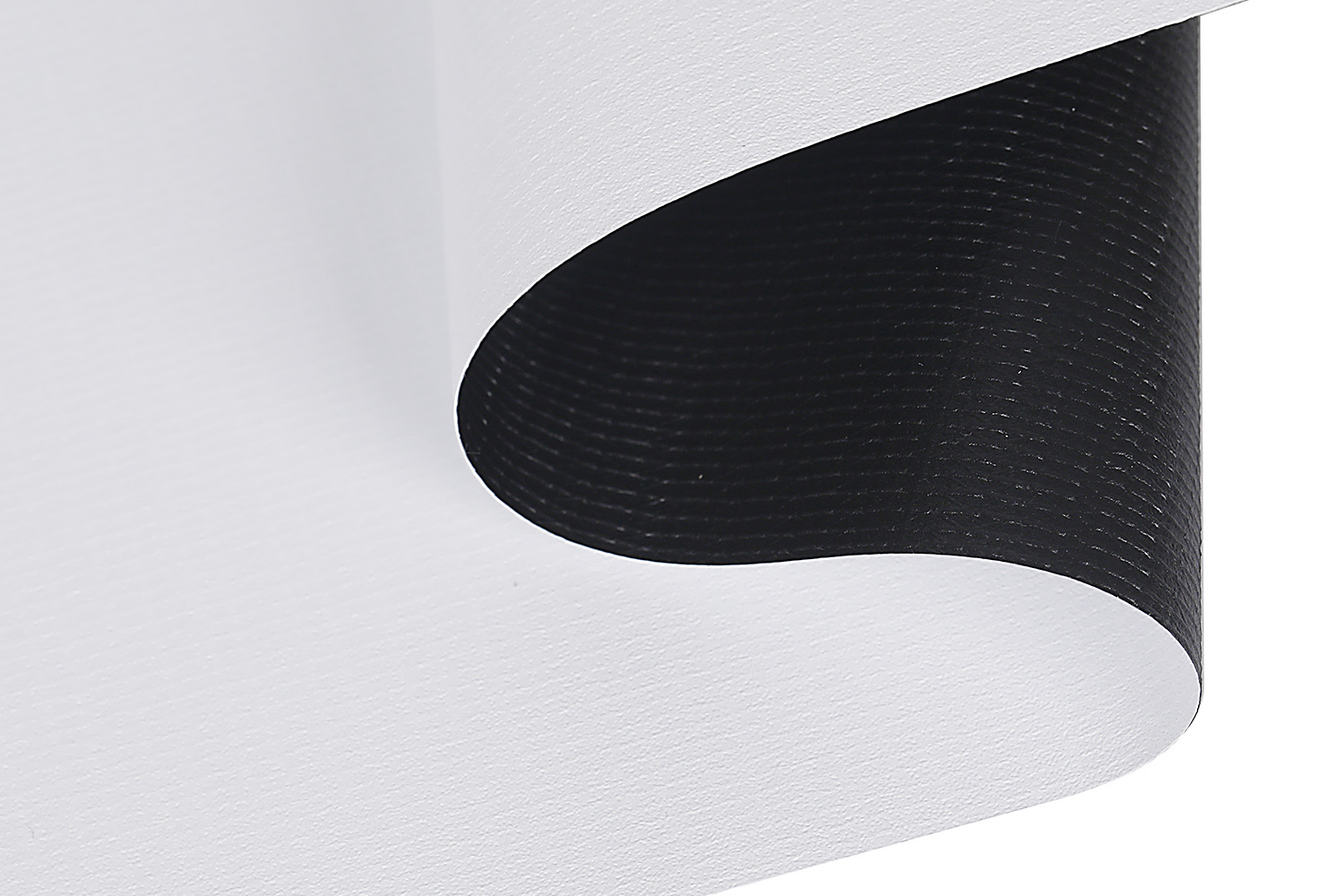
Warp Knitting Projection Fabric
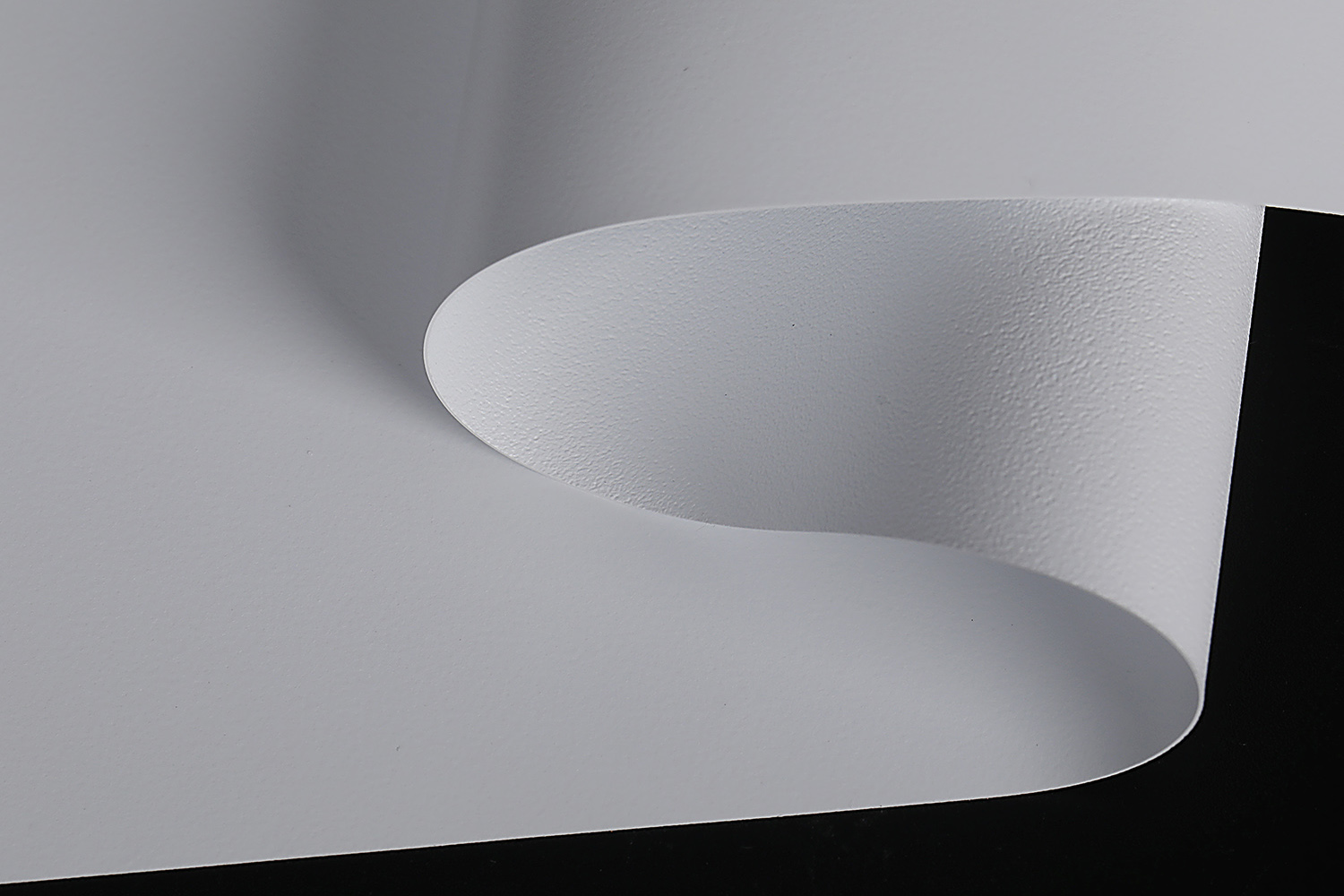
White Projection Film
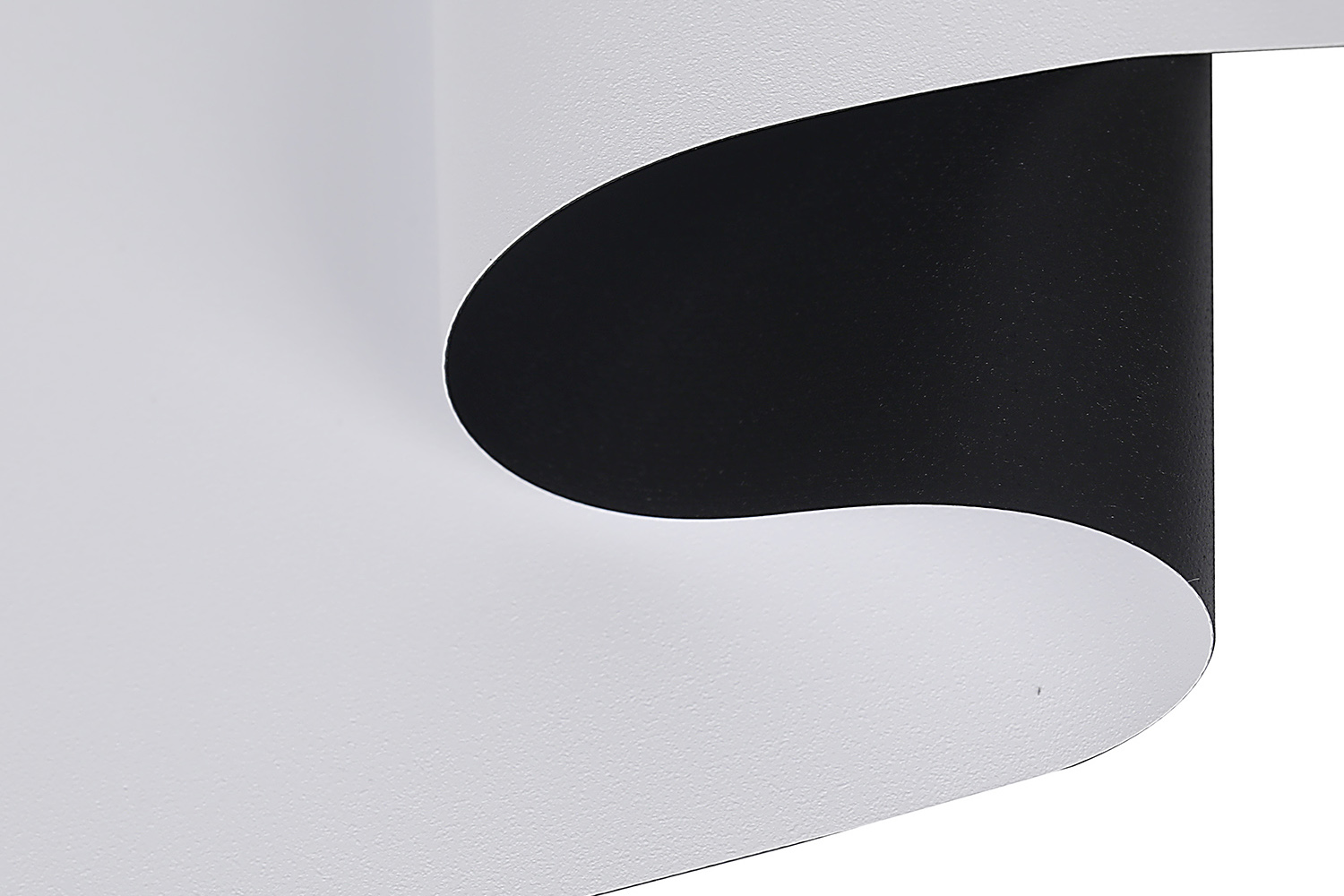
300D White Projection Fabric
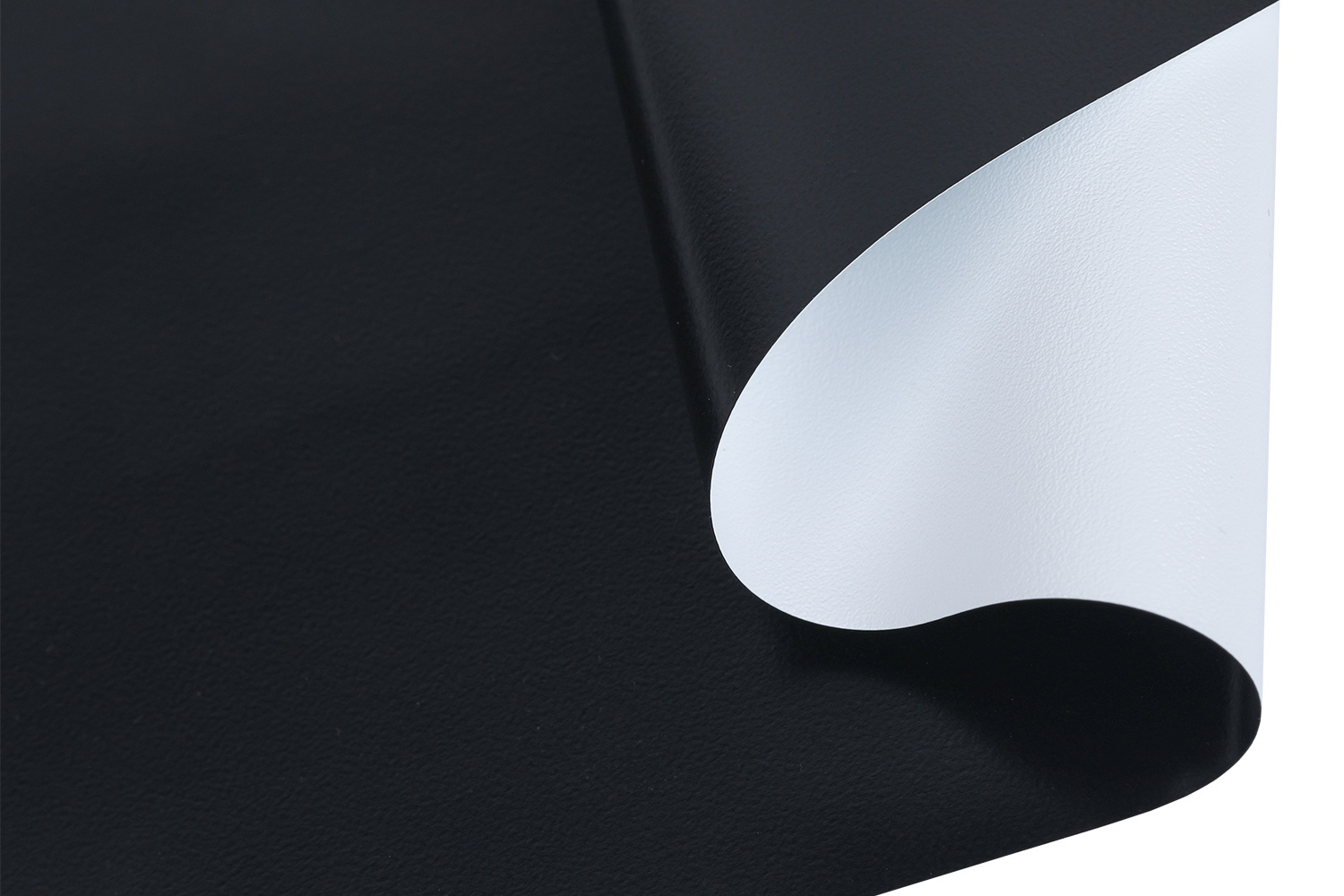
White-Black Projection Film
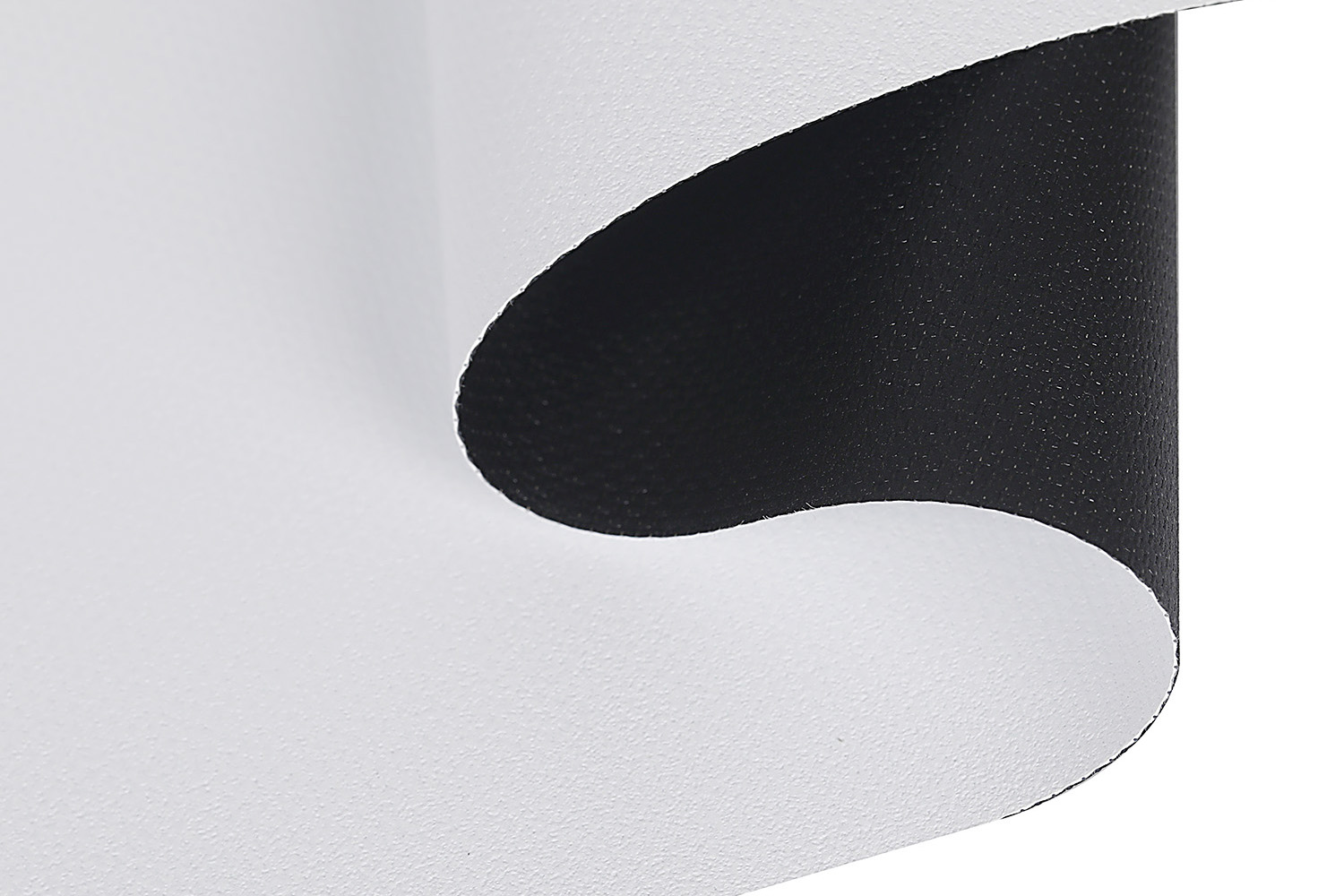
Super Flat Projection Fabric
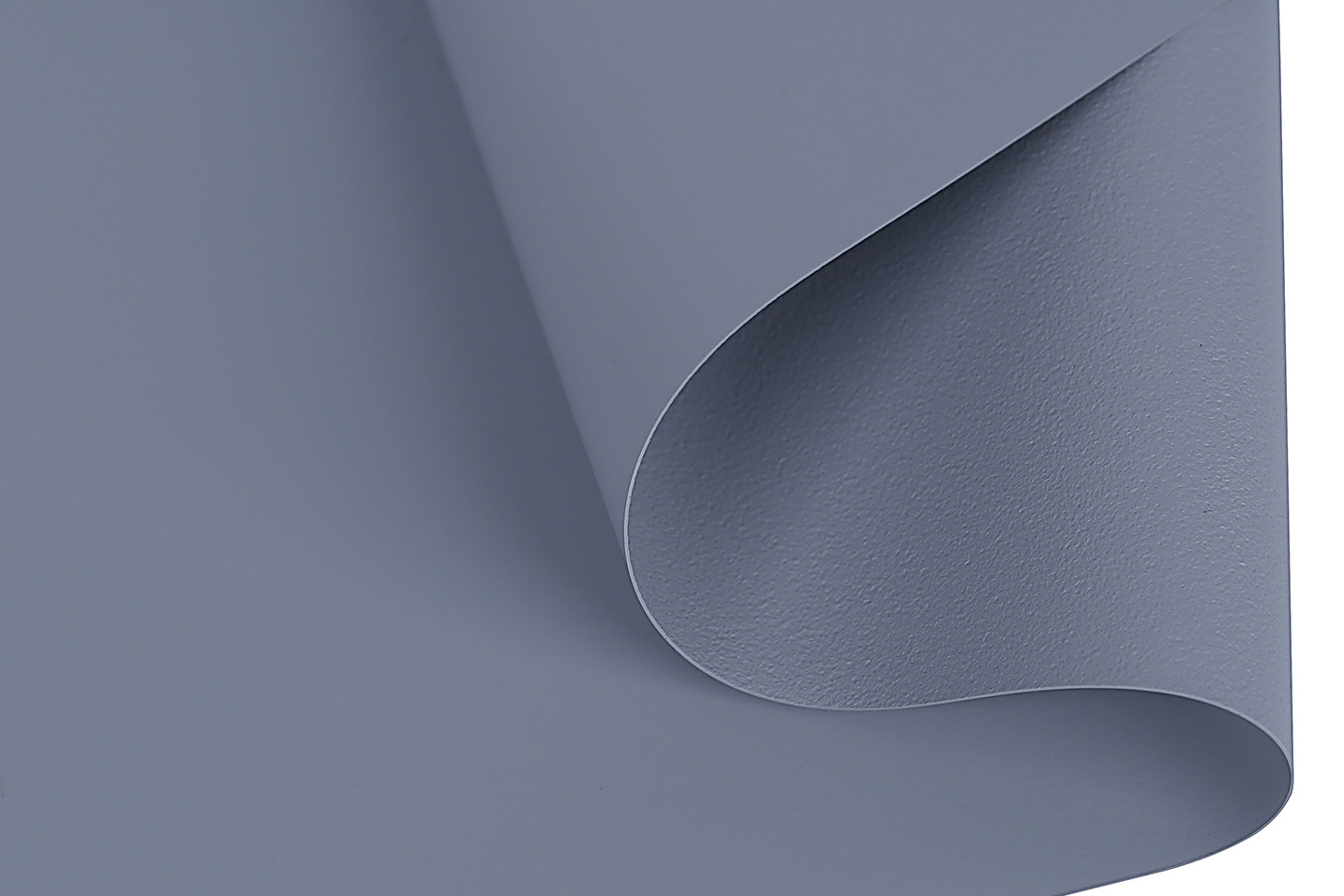
Grey-Grey Projection Film
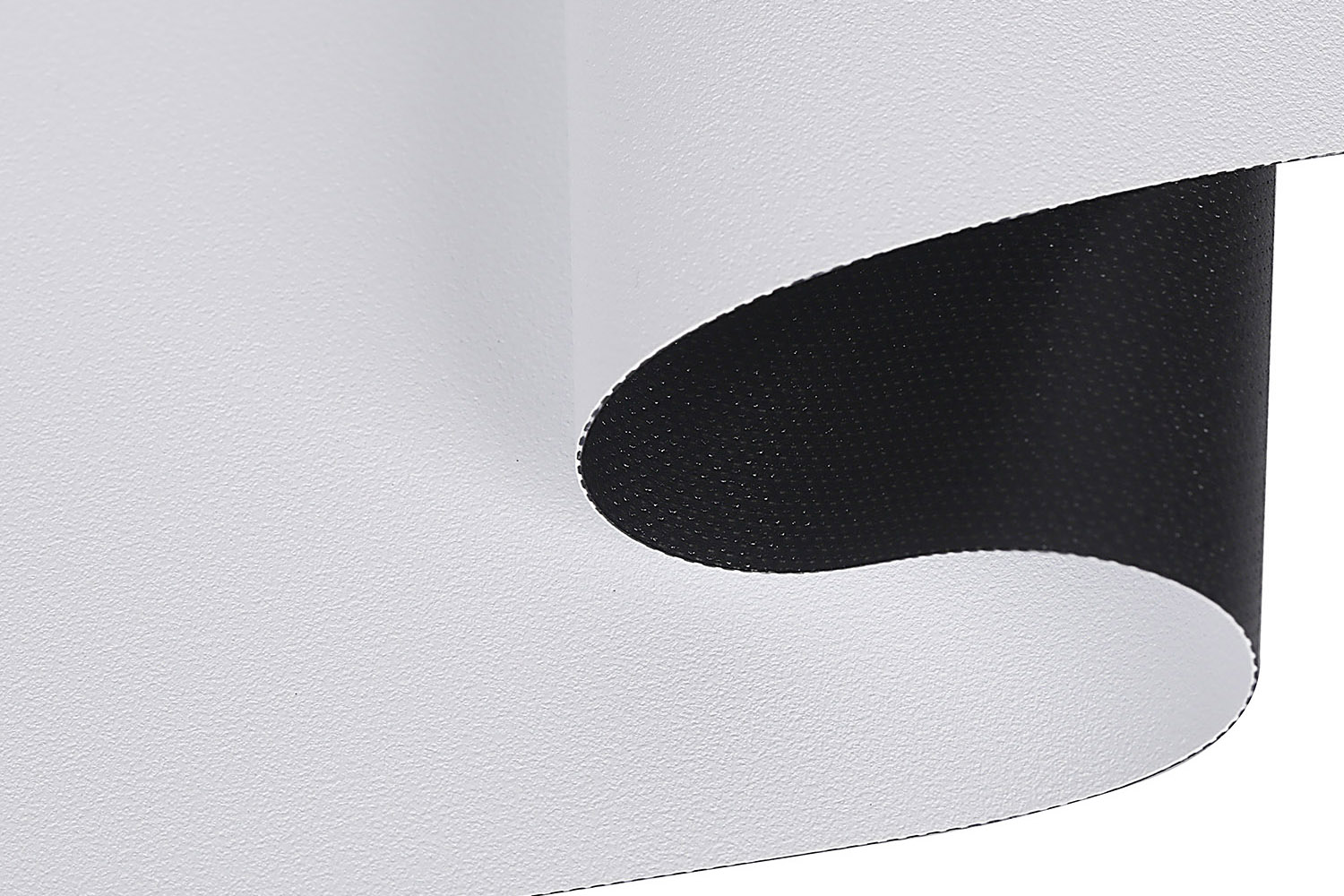
4.15M/5.1M Super Flat Projection Fabric
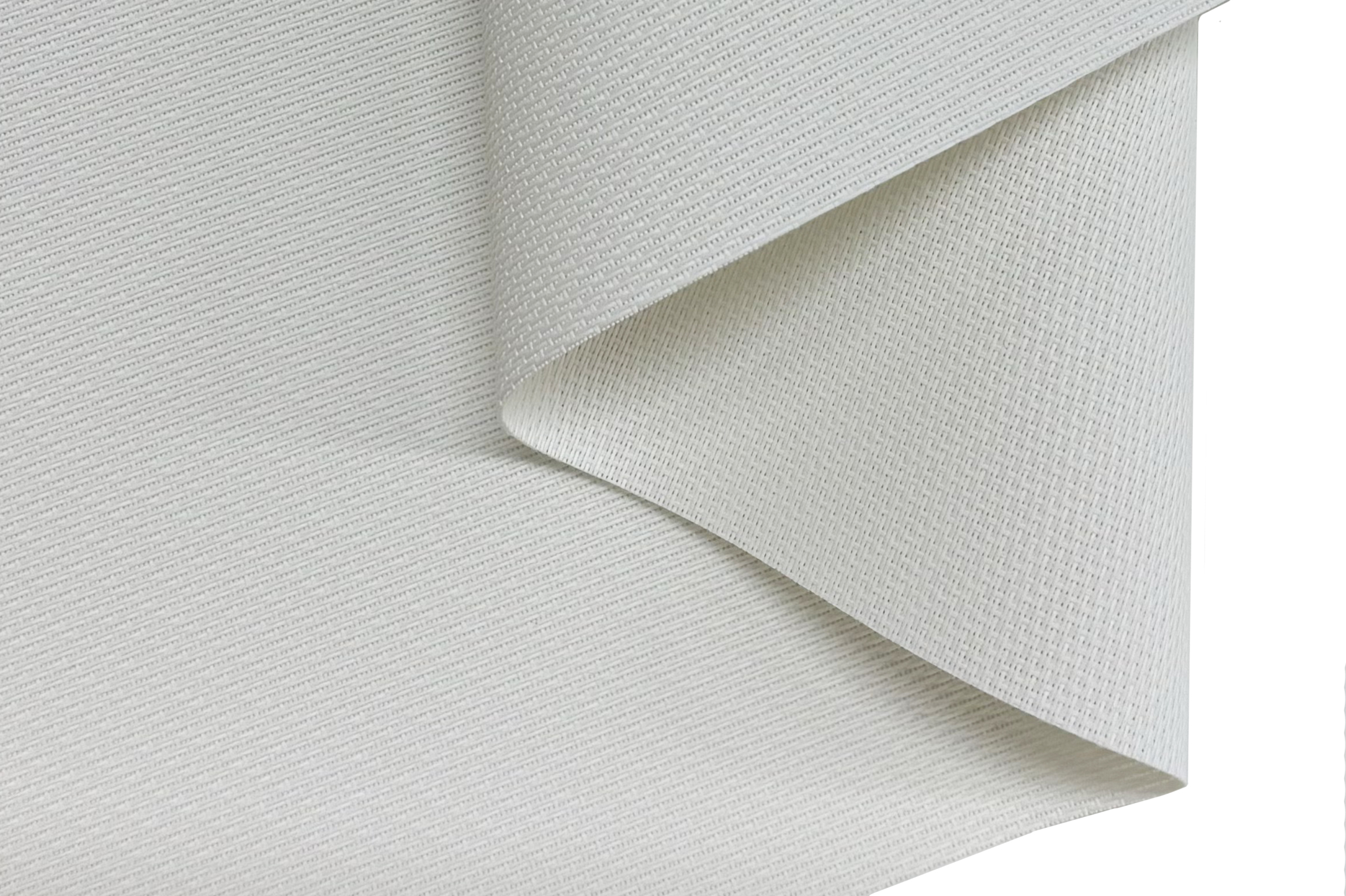
Weaving Entrant Sound Projection Fabric
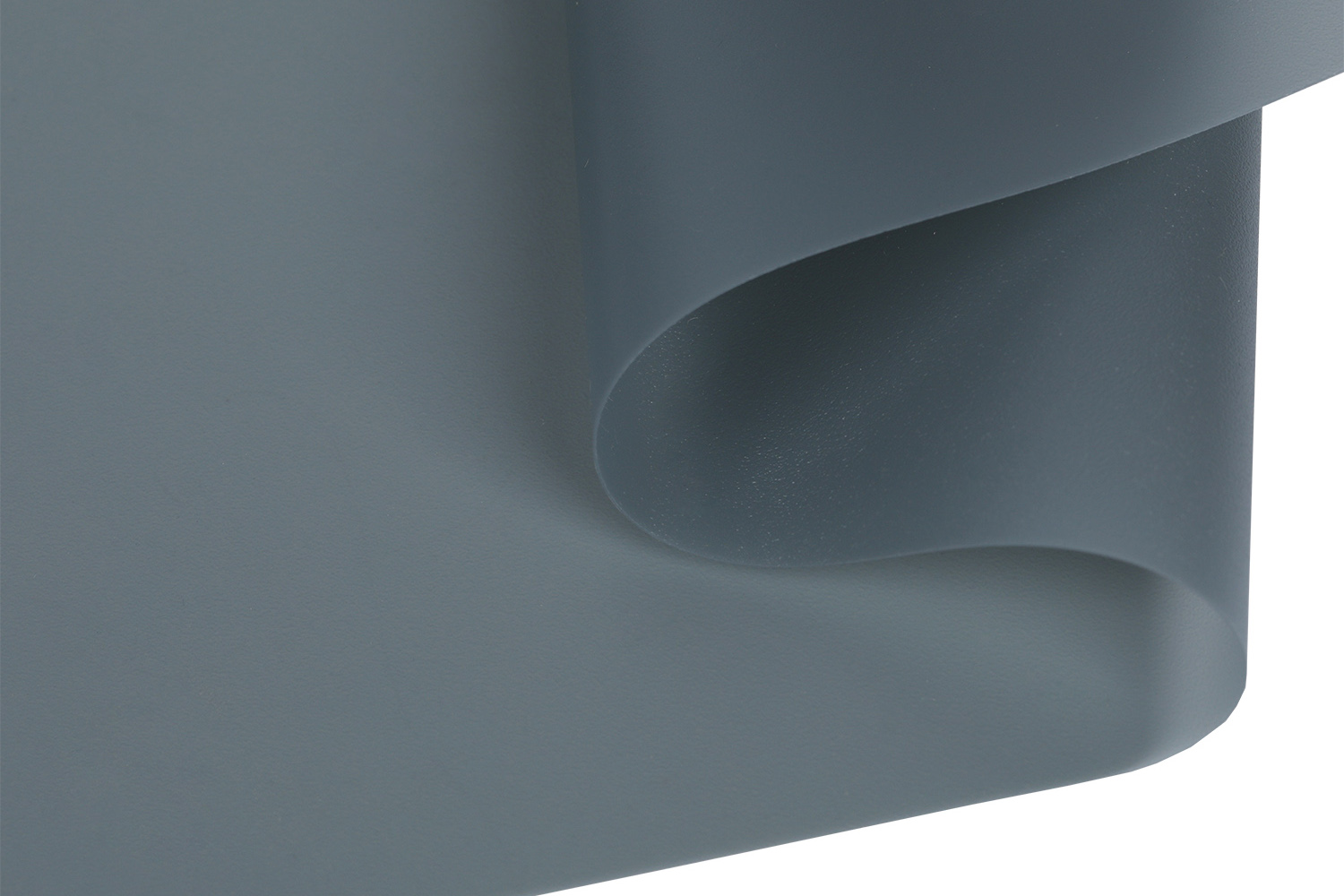
Grey Rear Projection Film
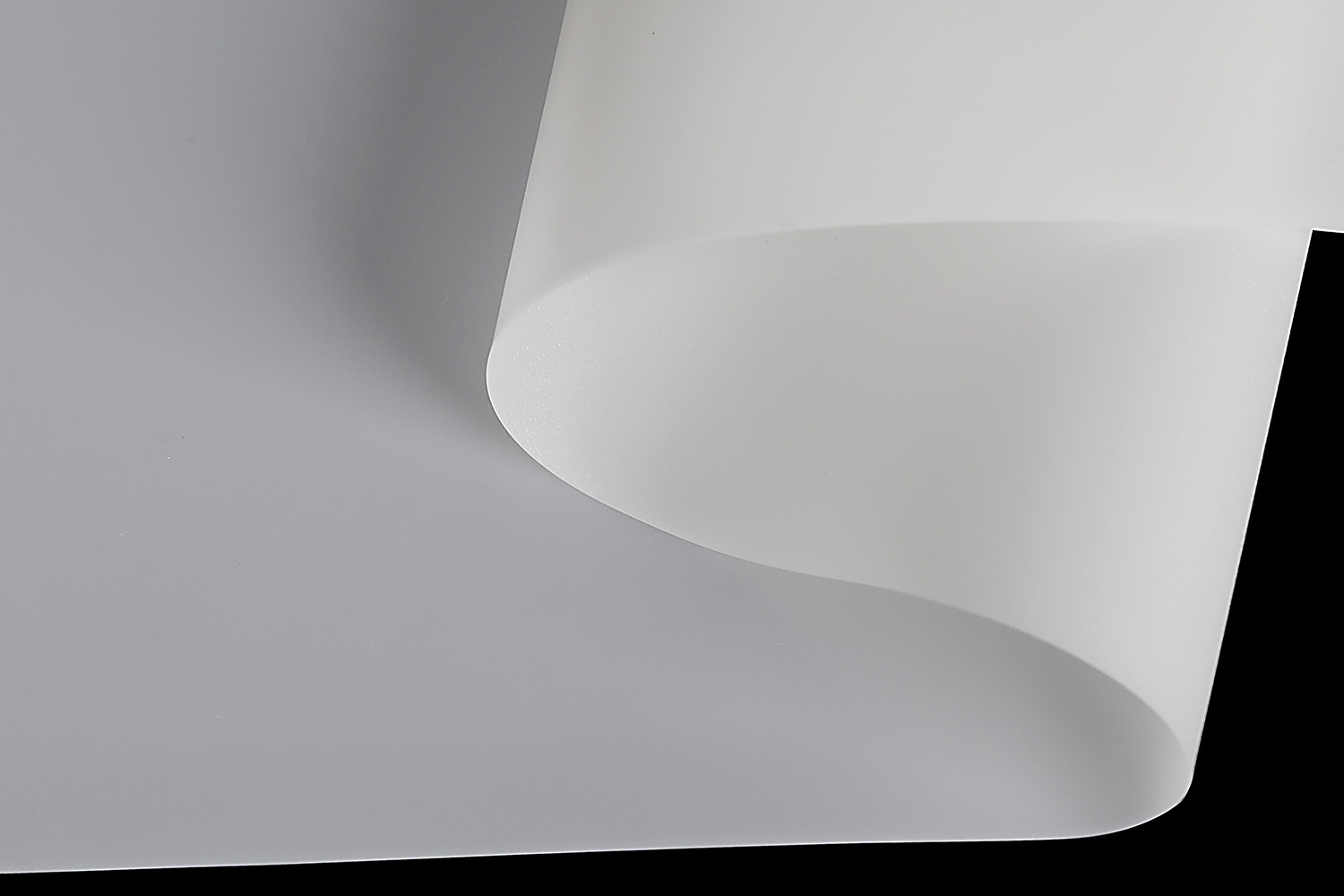
White Rear Projection Film
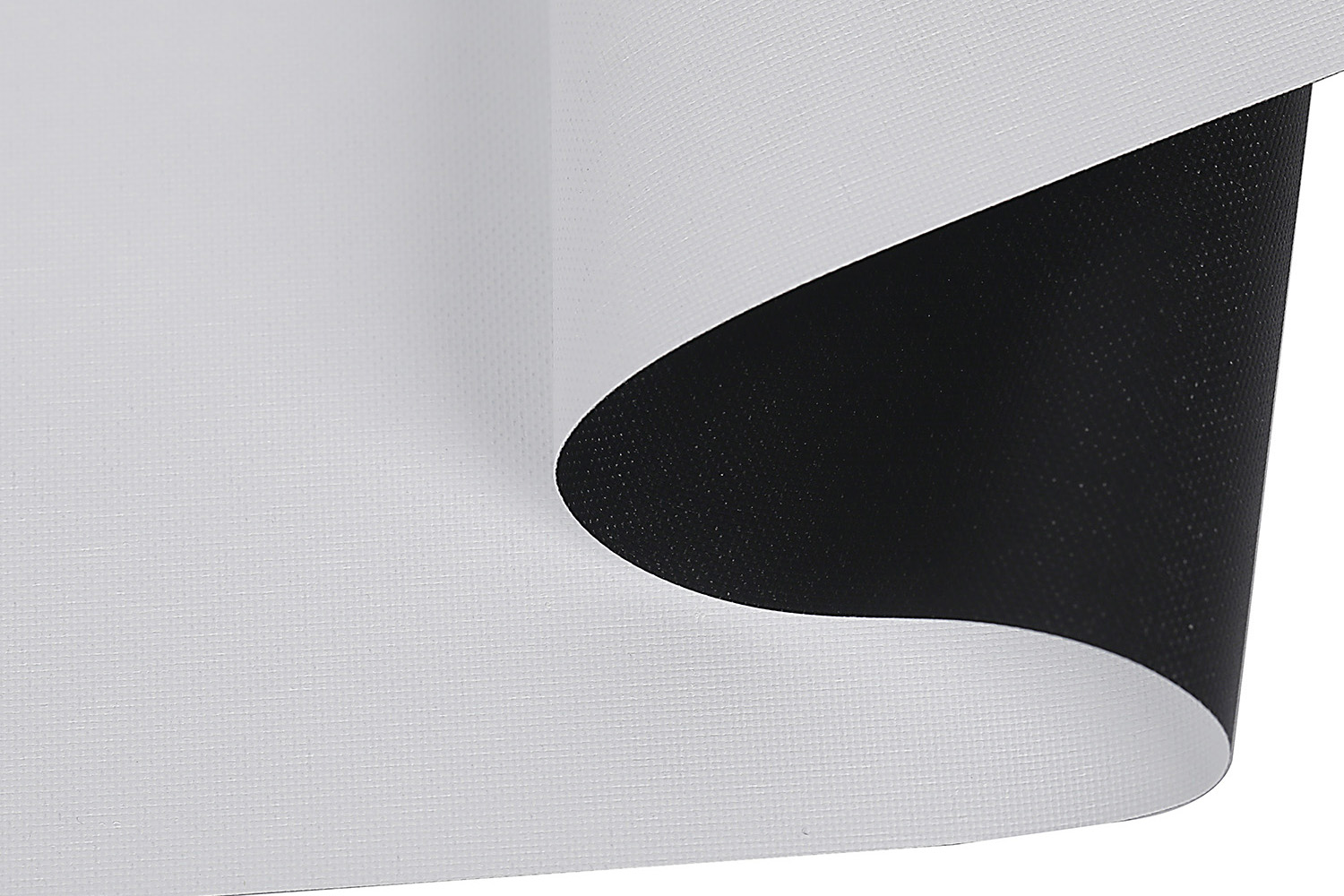
ECO White Projection Fabric
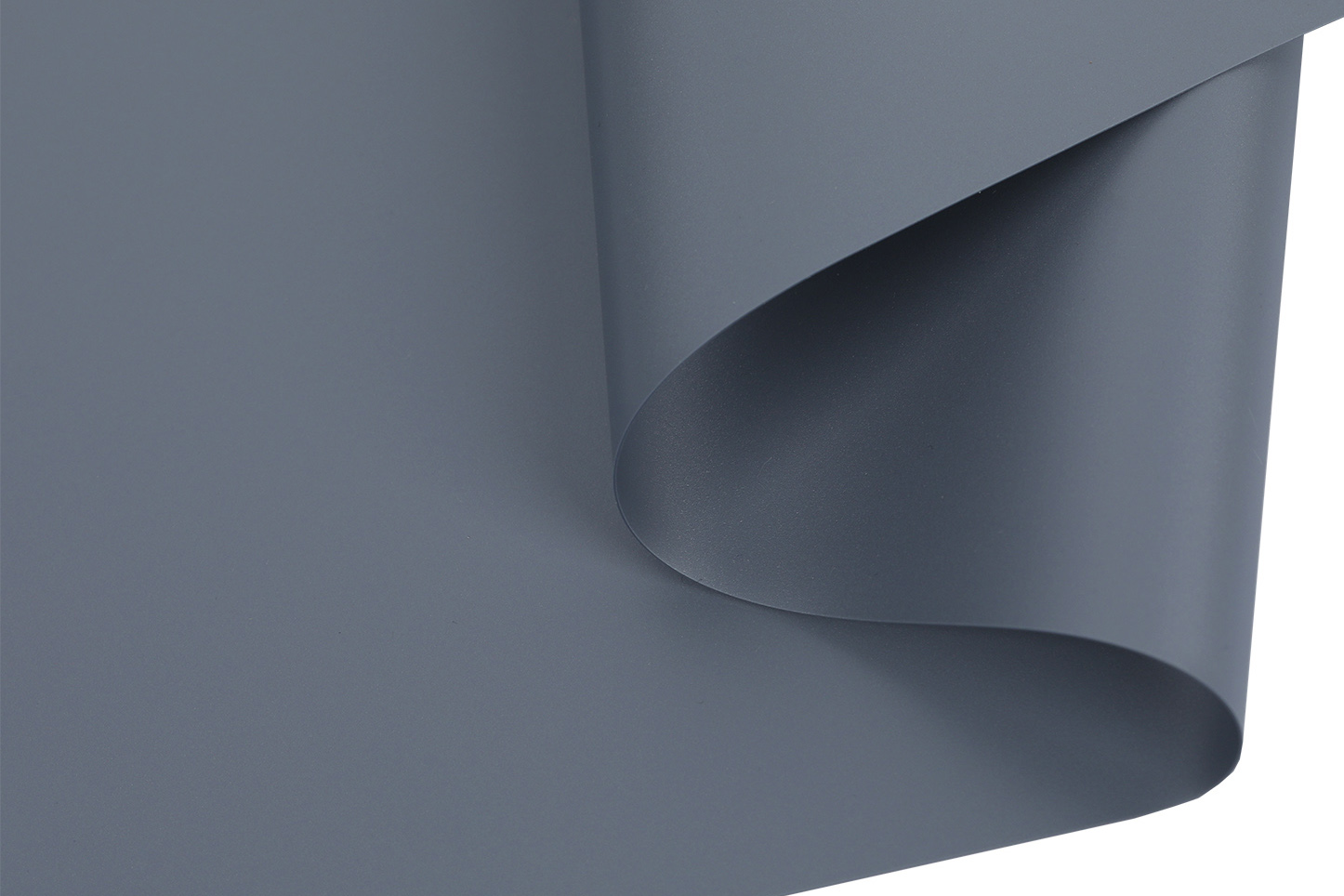
Anti Light Projection Film
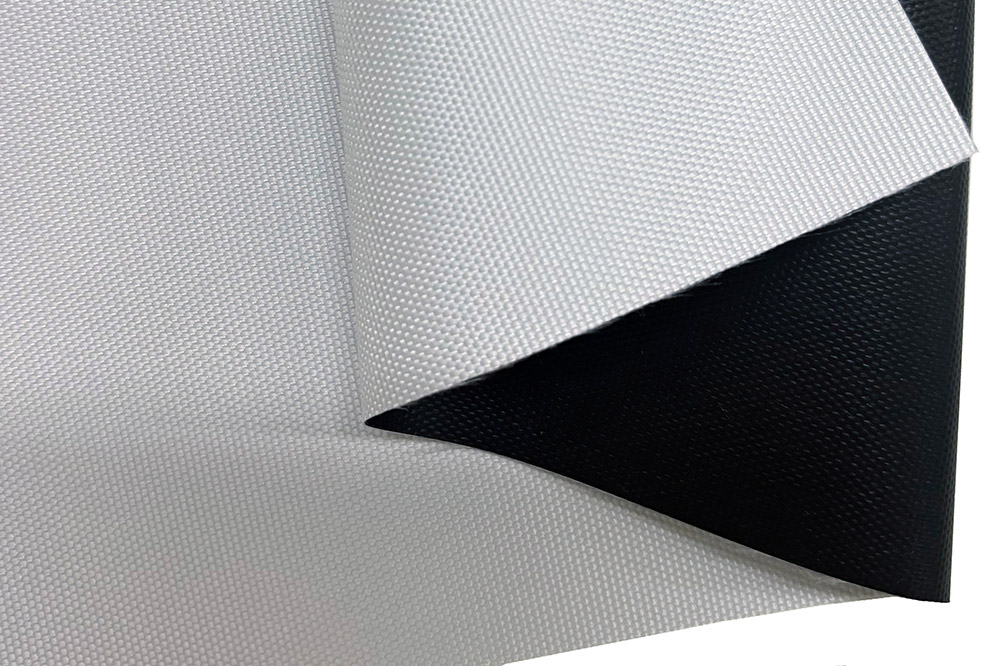
Anti-golf Projection Screen Soft Fabric
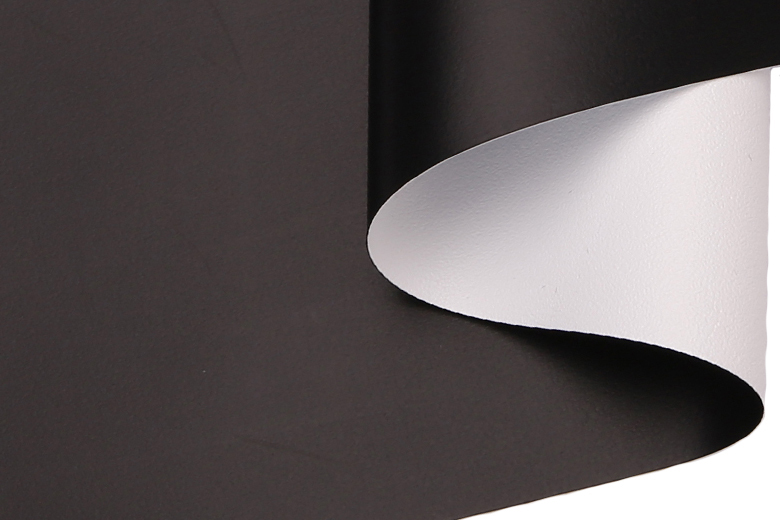
4.8M/5M White-Black Projection Film
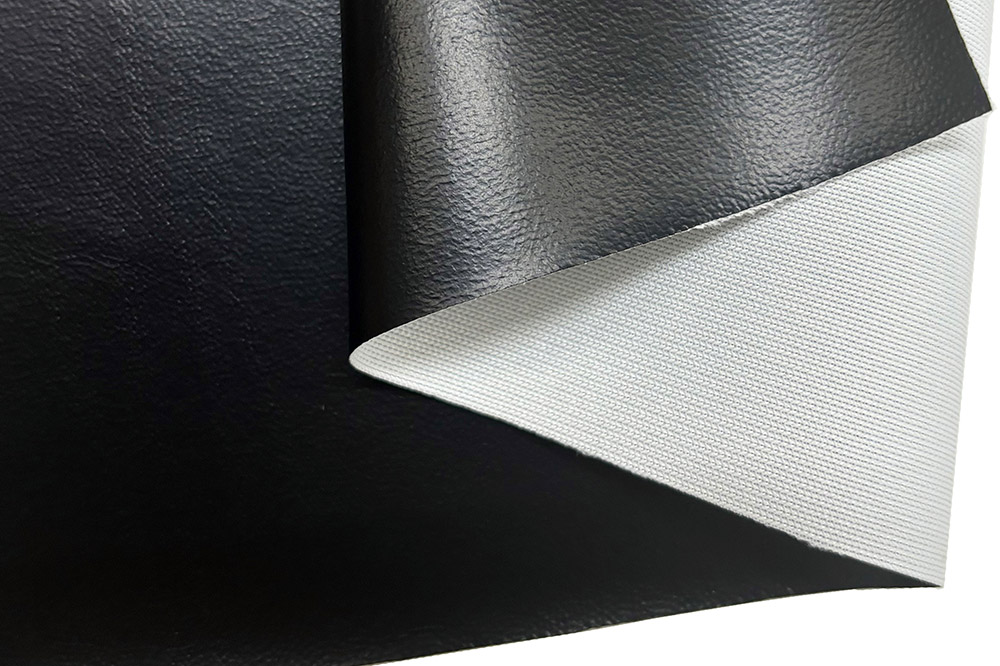
TPU Foldable Projection Screen Fabric
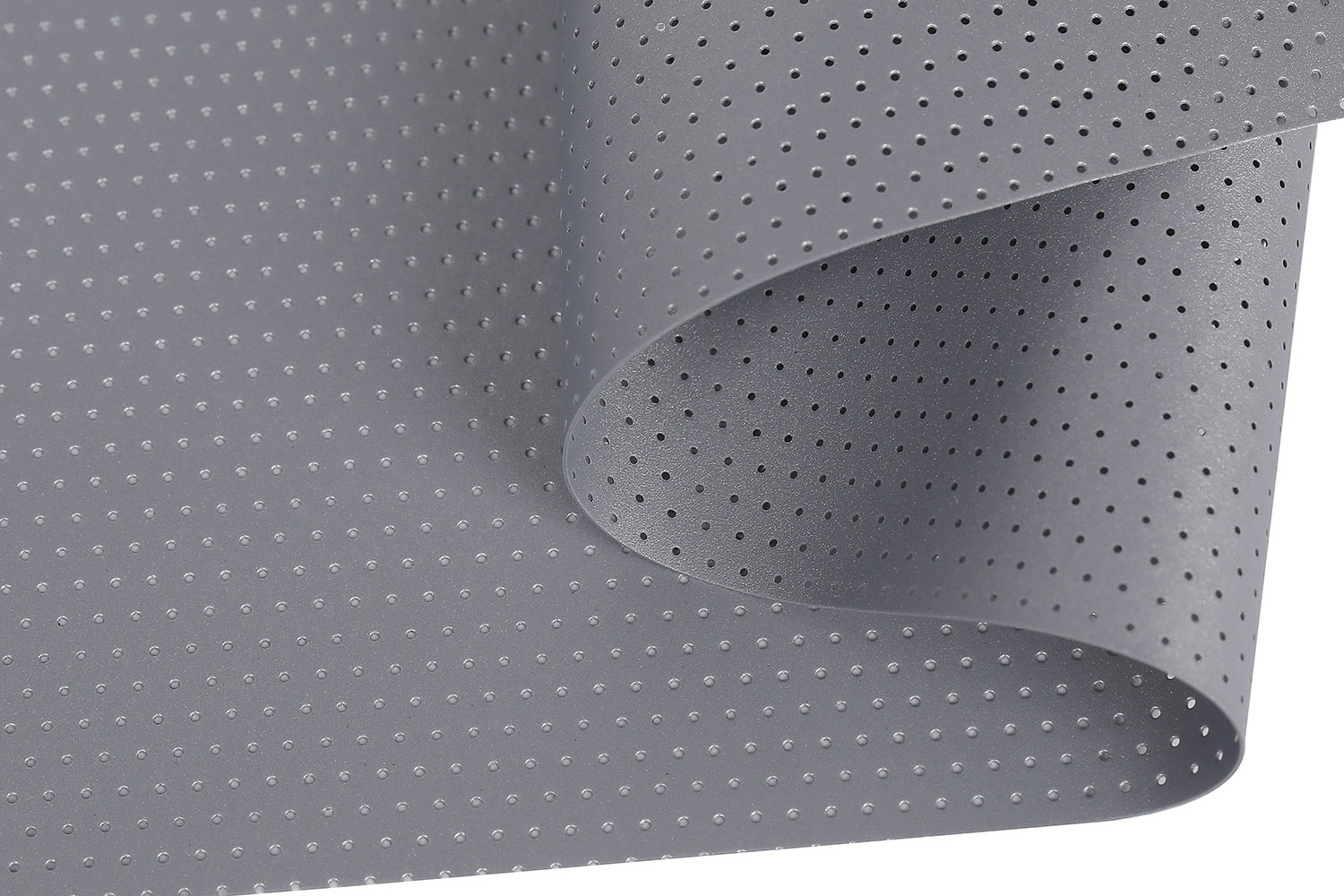
Entrant Sound Projection Film